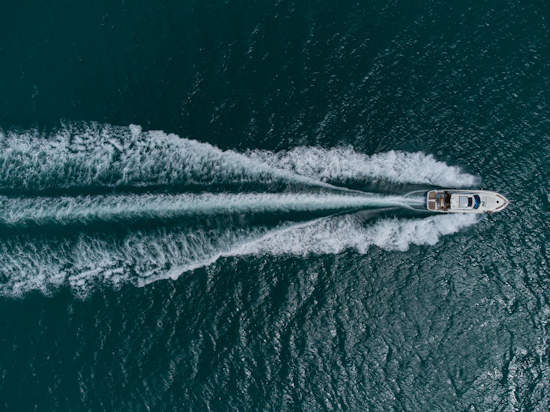From the moment the first propeller churned the water in the 19th century, it became an integral component of marine propulsion. While standard propellers are adequate for most vessels, there comes a time when unique requirements necessitate a bespoke solution. If your yacht falls into this category, this article aims to guide you through the intricacies of custom propellers.
Exploring the Need for Custom Propellers
The necessity for a custom propeller emerges from various factors. Perhaps your yacht has unusual dimensions, a particular hull design, a unique drive system, or specific performance expectations that off-the-shelf propellers cannot meet. These could include an emphasis on speed, fuel efficiency, maneuverability, or reducing noise and vibration.
Moreover, yachts used for specific purposes – such as racing, long-distance cruising, or luxury charters – may also need custom propellers to achieve their objectives. The role of the propeller is to convert the engine’s power into thrust effectively, and thus its design directly affects the vessel’s overall performance.
The Journey of Creating a Custom Propeller
Initial Consultation
The process begins with a comprehensive consultation with the propeller manufacturer. This discussion aims to identify the yacht’s requirements, including its use, performance expectations, and any specific issues you want to address.
Design and Modeling
Once the requirements are clear, the manufacturer’s engineers utilize advanced design software to create a 3D model of the proposed propeller. The design process also incorporates Computational Fluid Dynamics (CFD) to simulate the propeller’s performance and validate its effectiveness.
Manufacturing
Once the design is finalized and approved, the manufacturing process begins. Typically, custom propellers are made from high-grade materials like stainless steel or bronze for their durability and performance attributes. The manufacturer utilizes precision machinery to shape the propeller according to the agreed-upon design.
Testing and Fine-Tuning
Following manufacturing, the propeller undergoes rigorous testing. This can involve static tests in a controlled environment or, in some cases, sea trials attached to the yacht. This process allows for the fine-tuning of the propeller, ensuring that it meets the agreed-upon performance criteria.
Installation and Aftercare
The final step is the installation of the custom propeller onto the yacht. Depending on the manufacturer, this could be done by their team or a recommended specialist. After the installation, regular maintenance checks are necessary to ensure the propeller’s continued high performance and longevity.
Timeframe and Costs
As you might expect, custom solutions demand an investment of both time and money. The exact cost of a custom propeller varies significantly based on the materials used, the complexity of the design, and the manufacturer’s expertise. Typically, expect a timeline of several weeks to a few months from the initial consultation to installation, though this could be longer in some cases.
In Conclusion
While a custom propeller involves a significant investment, it’s a worthy consideration for yachts with unique requirements. After all, a yacht is more than just a vessel; it’s an extension of your lifestyle, and every component should enhance your enjoyment on the open seas. By investing in a custom propeller, you ensure that your yacht’s performance is precisely tailored to your needs, granting you smooth sailing on all your maritime adventures.

